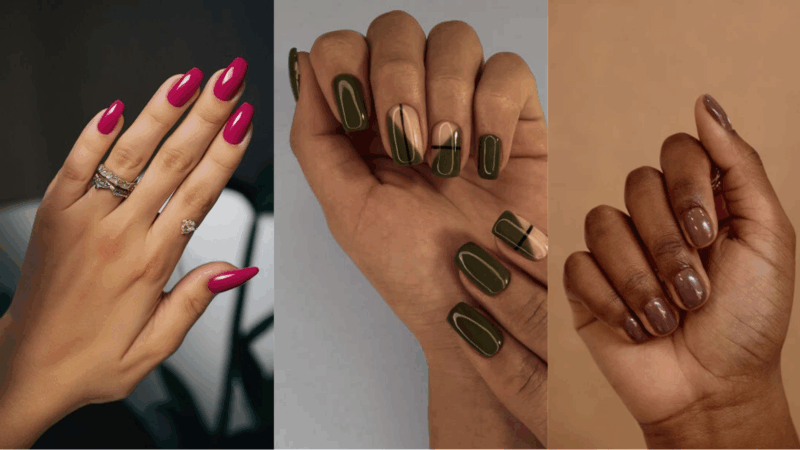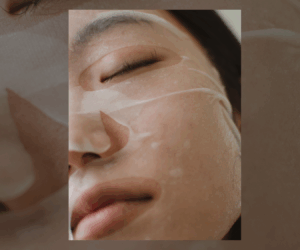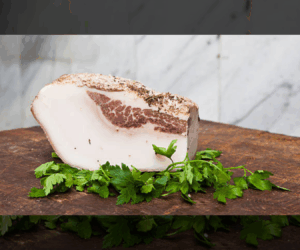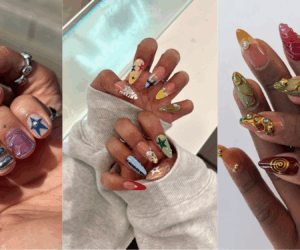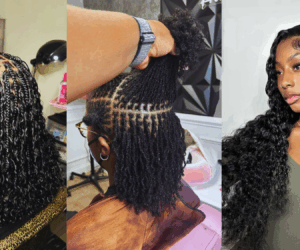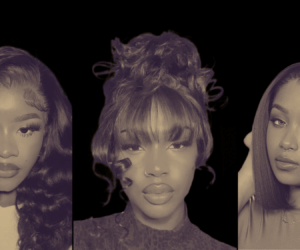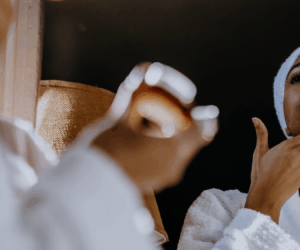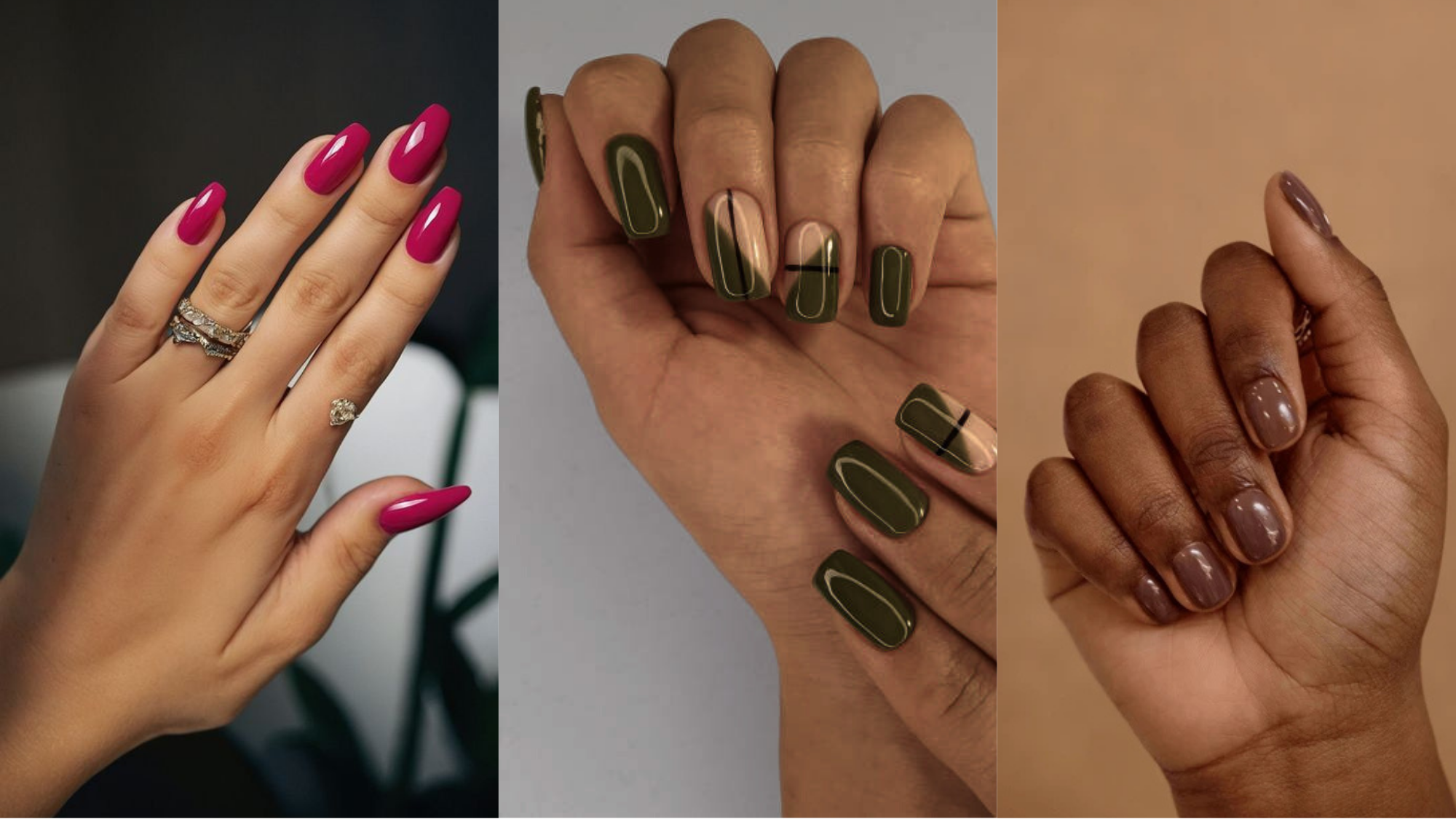
If you’ve been on nail insta lately, you’ve probably seen “BIAB” manicures taking over. The name stands for Builder In A Bottle, and it’s being called the perfect middle ground between gel polish and acrylics. It is stronger than gel, gentler than acrylics, and with a glossy, natural finish that lasts for weeks. It promises stronger, longer-lasting nails with less damage. Sounds like a dream, right?
But with every new beauty trend comes one big question: is it safe for your nails?
To find out, I spoke with Faustina Martins, a professional nail technician at Tina’s Nailbar, who broke down exactly what BIAB is, how it works, and what to look out for before booking your next appointment.
What Is BIAB?
BIAB is a builder gel available in a bottle. Unlike regular gel polish, which is fairly thin, BIAB is thicker, self-levelling, and designed to build up a structured overlay on the natural nail. It can also repair ridges, help weak or brittle nails, and sometimes be used for short extensions.
It’s applied using techniques similar to gel polish (layers, drying under UV/LED lamps), but more skill is required to ensure an even structure, proper thickness, and smooth edges. The removal process is also more delicate than with acrylics.
Is BIAB Better Than Gel Polish and Acrylics?
BIAB tends to last longer than regular gel polish, typically about 3-4 weeks, because of its thicker structure. It resists lifting, chipping, or peeling more than standard gel nails. It adds strength to natural nails. The extra layer protects nails from everyday wear; for weak or splitting nails, it’s often gentler than acrylics.
Acrylic nails usually involve more aggressive filing, strong odours (from monomers), and heavier chemical exposure. BIAB is lighter in smell and typically less harsh during both application and removal.
READ ALSO: 19 Stunning Gel Nail Ideas to Save for Your Next Appointment, Plus 2 DIY Kits You’ll Love
When I asked five different ladies about their experience with BIAB nails, they pretty much said the same thing: it’s worth it.
One user wasn’t exactly thrilled about her past experiences with gel or acrylic nails. They’d chip, fall off, and sometimes even hurt. Plus, they’re at about the same price point as BIAB, yet they left her natural nails weak and brittle, even when they seemed to grow a bit. But ever since she switched to BIAB, she’s been hooked.
She’s had them on for over two months now, and they’re still going strong. According to her, her friends who’ve tried BIAB say the same thing: stronger nails, fewer breaks, and zero pain.
Another felt the same way. She says she’s never going back to gel or acrylics because BIAB makes her natural nails stronger and look effortlessly cute. She also loves how versatile they are. You can trim them, start fresh, or let them grow out without the drama. In her words, “I’m loving every bit of this BIAB nail journey.”
Is BIAB Safe?
Although BIAB offers benefits, some risks are important to understand. None are guaranteed, but poor processes or frequent, careless use raise them.
BIAB formulas often contain acrylates (like hydroxyethyl methacrylate). Some people are sensitive or allergic to these, which can cause redness, itching, lifting of the nail, or more serious dermatitis. If the product is applied to the surrounding skin or cuticle, or if uncured gel remains, the risk increases.
Curing BIAB requires UV or LED lamps. These lamps emit ultraviolet radiation, which is associated with risks of skin ageing, DNA damage, and potentially increased cancer risk, especially with frequent, repeated exposure over the years. Studies are somewhat mixed: risk is generally considered low, but the cumulative effect isn’t fully known.
A literature review found that while UV nail lamps emit UVA that is mutagenic, the carcinogenic risk from occasional use is low. Precautions like using broad-spectrum sunscreen or protective gloves are recommended.

